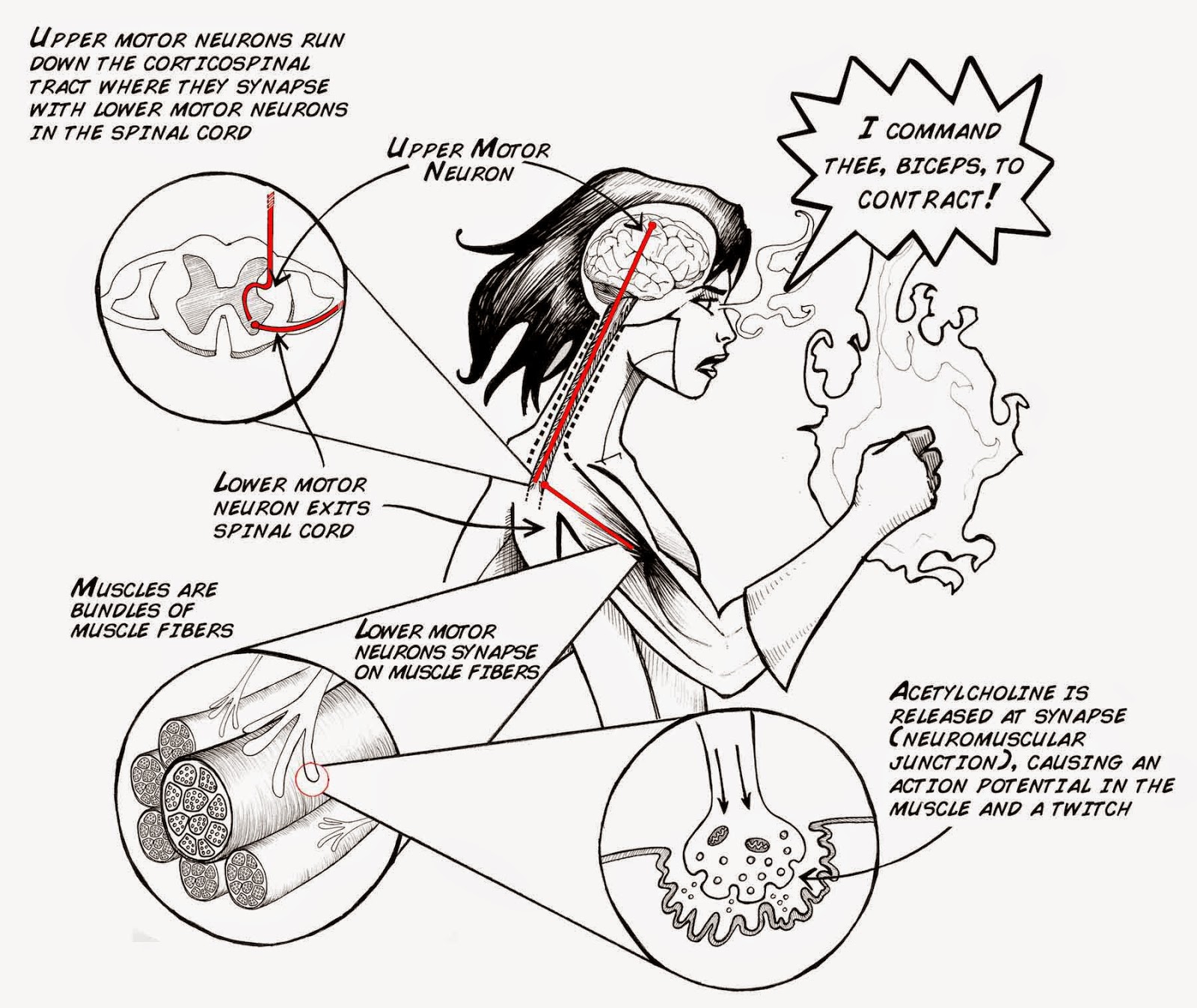STAGE THEORISTS
- we travel from stage to stage in life
Freud
- all people have libido (sexual drive)
- libido travels to different areas of the body throughout development
Freud's Stages
Oral
- zero - 1 years old
- seek pleasure through mouth
Anal
- 3 - 6 years old
- kids recognize gender
- identify with same sex parents
- Oedipus and Electra complexes
Latency
- 11 +
- experience sexual feelings towards others
- libido focused on genitals
Characteristics
Criticisms of Kohlberg
- Gilligan said he only tested boys
- girls look at situational factors
- boys tend to have more absolute value of morality
Adolescence
- transition period from childhood to adulthood
Puberty
- period of sexual maturation
- person is capable of reproducing
Primary Sexual Characteristics
- body structures that make reproduction possible
Secondary Sexual Characteristics
- no reproductive sexual characteristics
- menarche: female experiences period
- spermarche: male experience's first ejaculation
Adulthood
- all physical abilities essentially peak by our mid - twenties
Physical Milestones
- menopause: ending of a woman's ability to reproduce
- lack of estrogen
Types of Intelligence
- Crystallized: accumulated knowledge which increases with age
- Fluid: solve problems fast and think abstractly, peaks in twenties, then decreases over time
Alzheimer's
- progresses and irreversible brain disorder characterized by gradual deterioration of memory, language, and physical functioning
- 5 - 20 years
- lack of Acetylcholine
Life Expectancy
- median age is around 75 years old
- keeps increasing
- more men are born than women
- women outlive men by four years
Death Stages (Ross)
- Denial
- Anger
- Bargaining
- Depression
- Acceptance























